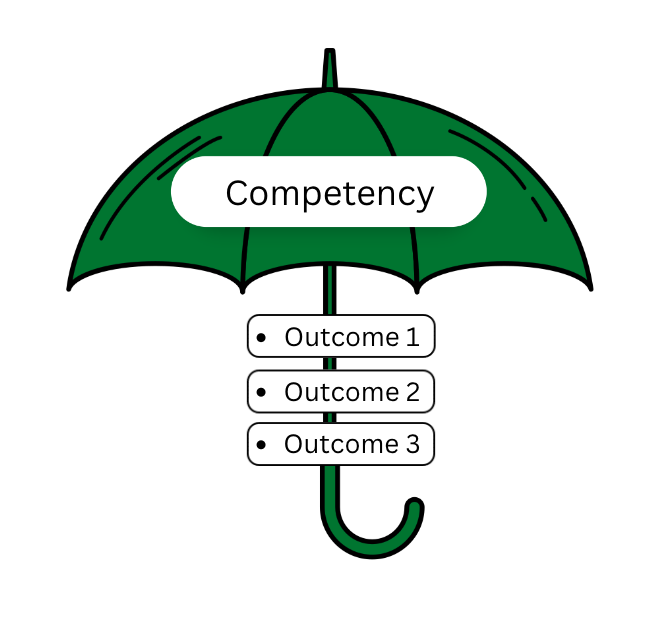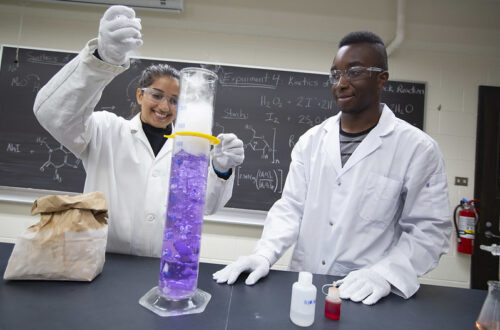Building Capacity for Effective Group Work
By Megan Marcoux, Student Employment and Career Centre
A session on this topic will be held during the Fall Fortnight on Monday August 22, 2016 from 1 – 4 PM. Register here.
Over the past several years, the Student Employment and Career Centre (SECC) has had the opportunity to expand its in-house offerings to support teaching and learning in classrooms across campus. The work has leveraged tools like the StrengthsFinder and Myers-Briggs Type Indicator (MBTI) to give groups of students the opportunity to enhance their self-awareness and deepen their competency development in the classroom. One student competency that has been focused on and developed with great success is the ability to work more effectively in teams, which is not only included in the learning outcomes associated with the Learning Goals of the U of S Learning Charter, but also in the Career Readiness Competencies outlined by the National Association of Colleges and Employers (NACE). These documents highlight the necessity of effective group work for success in both learning and the world of work.
The StrengthsFinder is a 177-item assessment based on positive psychology that supports individuals in identifying their most natural ways of thinking, feeling and behaving (i.e., their raw talents). Assessment results provide an outline and descriptions of an individual’s Top 5 Talent Themes (out of a possible 34), which have the potential to “serve as the foundation of strengths development” (Gallup, 2014). Reports for the assessment include a Signature Themes Report, which provides general outlines for each of the Top 5, as well as an Insight and Action-Planning Guide, which weaves together all five themes to produce unique descriptions for each and outlines steps for strengths develop.
While the StrengthsFinder helps students identify their raw talents and develop them into strengths, the MBTI supports students in better understanding their personality through measuring four pairs of opposing preferences. These preferences speak to how individuals prefer to focus their attention (i.e. Introversion or Extraversion), take in information (i.e. Sensing or Intuition), make decisions (i.e. Thinking or Feeling), and deal with the world around them (i.e. Judging or Perceiving). This assessment has a longstanding history of supporting team development through enhancing people’s understanding of their own and others’ preferences for communication, work styles, etc.
From first-year Arts and Science classrooms to a fourth-year Nutrition capstone course, ESB classrooms to Grad Studies courses, the SECC has had opportunities to work with instructors and incorporate the assessments into a variety of course curricula. Through interactive workshops, students are able to further understand the theory and language behind the assessments, reflect on their results, and engage with their peers to understand how their strengths/personality can be supported and leveraged to maximize their learning and development, both in the classroom and beyond.


